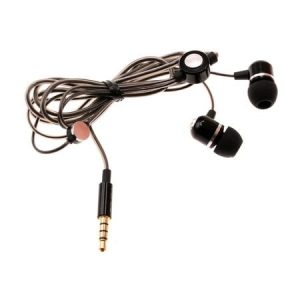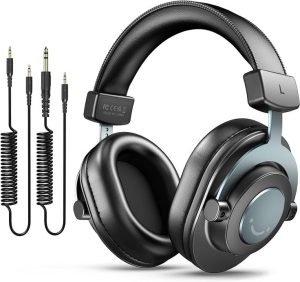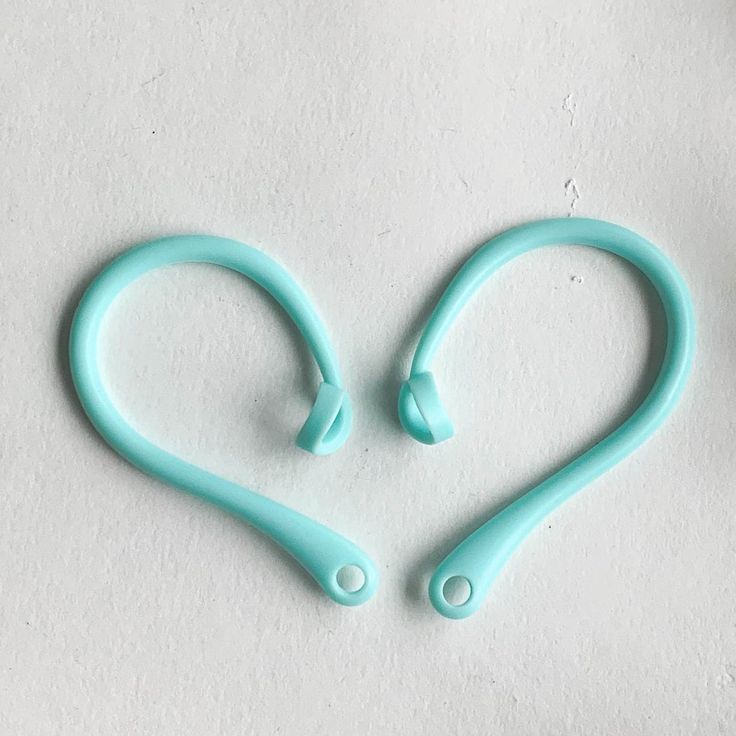Have you ever plugged in your headphones, only to be met with frustrating silence? Don’t worry, this is a common problem with a few easy solutions. How to fix wired headphones no sound? This guide will walk you through troubleshooting steps to get your wired headphones working again.
Inspect for Physical Damage
First, check your headphones for any physical damage. Look for:
Tears or rips:
These can be signs of internal wire damage.
Exposed wiring:
This can cause shorts and disrupt sound.
Bent or broken jack:
If the plug is damaged, it may not make a good connection.
If you see any damage, unfortunately, your headphones may need to be replaced.
Ensure Proper Connection
Sometimes, a simple fix is all you need. Here’s how to ensure a proper connection:
- Fully insert the jack: Push the plug firmly into the headphone jack on your device.
- Try a different port: If you have one, plug your headphones into a different headphone jack on your device. This can help identify if the issue lies with the original port.
- Remove any cases: Bulky phone cases can prevent the headphone jack from fully inserting. Try removing the case and re-inserting the headphones.
Check Your Device Settings
Let’s move on to your device’s settings. Here’s what to consider:
- Volume: Make sure the volume is turned up on both your device and your headphones, if they have volume controls.
- Mute: Double-check that your device’s audio is not muted.
- Output device: Ensure your headphones are selected as the output device. On most devices, you can find this option in the sound settings menu.
Here’s how to find your sound settings on some common operating systems:
- Windows: Right-click the speaker icon in the taskbar and select “Open sound settings”.
- Mac: Go to System Preferences > Sound.
- Android: The location may vary depending on your device, but it’s typically found under Settings > Sound.
- iOS: Go to Settings > Control Center > Customize Controls, and add “Hear” if it’s not already there. Swipe up from Control Center and tap “Hear” to select your headphones as the output device.
Additionally, consider:
- Restart your device: A simple restart can often resolve temporary glitches.
- Update drivers: Outdated audio drivers can sometimes cause sound problems. Check your device manufacturer’s website for instructions on how to update your audio drivers.
Test Your Headphones with Another Device
If you’ve gone through these steps and your headphones still aren’t working, try using them with a different device, such as a phone, laptop, or tablet.
- If they work on the other device: The problem likely lies with the original device’s audio jack or settings.
- If they don’t work: Unfortunately, the headphones themselves are probably faulty.
Clean the Headphone Jack (Optional)
Dust or debris can sometimes accumulate in the headphone jack, preventing a good connection.
Here’s how to clean the headphone jack (use compressed air only):
- Power off your device.
- Hold the device upright.
- Use a can of compressed air with a straw attachment to gently blow out any dust or debris from the headphone jack. Do not use any liquids or sharp objects to clean the jack.
Hopefully, one of these solutions has helped you fix your wired headphones. If you’ve tried everything and your headphones still aren’t working, it may be time to invest in a new pair.
When choosing new headphones, consider your needs and budget. Do you need noise-canceling headphones for travel? Or perhaps wireless headphones for convenience?
With a little troubleshooting and some helpful tips, you can get your wired headphones back in working order and enjoy your favorite audio again.

Advanced Troubleshooting (For Tech-Savvy Users)
If you’ve completed the basic troubleshooting steps and your headphones still aren’t working, here are some advanced options for tech-savvy users:
Disclaimer: These steps may involve modifying system settings or using third-party applications. Proceed with caution and at your own risk, especially if you’re unfamiliar with these processes.
-
Check for audio output settings: On some devices, you may have separate settings for different audio outputs like headphones and speakers. Ensure headphones are selected as the default output device.
-
Run audio troubleshooter: Many operating systems have built-in troubleshooters that can diagnose and fix audio problems.
-
Update audio codecs: Audio codecs are programs that translate digital audio files into a format your device can understand. Outdated codecs can sometimes cause sound issues. Research how to update audio codecs for your specific device and operating system.
-
Disable audio enhancements: Some audio enhancement features can interfere with sound quality. Try temporarily disabling them to see if it resolves the issue.
-
Reinstall audio drivers: In some cases, reinstalling the audio drivers can fix compatibility problems. Look for instructions on how to reinstall audio drivers for your device on the manufacturer’s website.
Remember: If you’re uncomfortable with any of these steps, it’s always best to consult a tech professional for assistance.

When to Consider Replacing Your Headphones
Throughout this guide, we’ve explored various solutions to get your wired headphones working again. However, there are times when even the most dedicated troubleshooting efforts may not succeed. Here are some signs it might be time to consider replacing your headphones:
-
Physical Damage: If you see significant tears, rips, exposed wiring, or a broken jack, these are strong indicators that the headphones themselves are malfunctioning.
-
No Response on Multiple Devices: You tested your headphones on another device, and they remained silent. This suggests the issue lies within the headphones and not the original device.
-
Deteriorated Sound Quality: Even if your headphones produce sound, the quality may have become muffled, distorted, or significantly quieter than usual. This could be a sign of internal wear and tear.
-
Frequent Connection Issues: You constantly experience loose connections or cutting in and out of sound, even after cleaning the jack and ensuring a proper fit.
Finding the Right Replacement Headphones
If you decide to get new headphones, here are some things to consider:
-
Sound Quality: Do you prioritize clear, crisp audio, or are you looking for bass-heavy headphones for a more immersive listening experience?
-
Noise Cancellation: Will you be using these headphones in noisy environments? Noise-canceling technology can significantly reduce background sounds.
-
Wired vs. Wireless: Wired headphones offer a reliable connection without the need for batteries. Wireless headphones provide more freedom of movement but require charging.
-
Comfort: Consider the fit and weight of the headphones. Will you be wearing them for extended periods?
-
Budget: Headphones come in a wide range of prices. Determine how much you’re comfortable spending to find the best fit for your needs.
By following these tips, you can troubleshoot wired headphone problems and, if necessary, choose the perfect replacement pair to get you back to enjoying your favorite audio.













